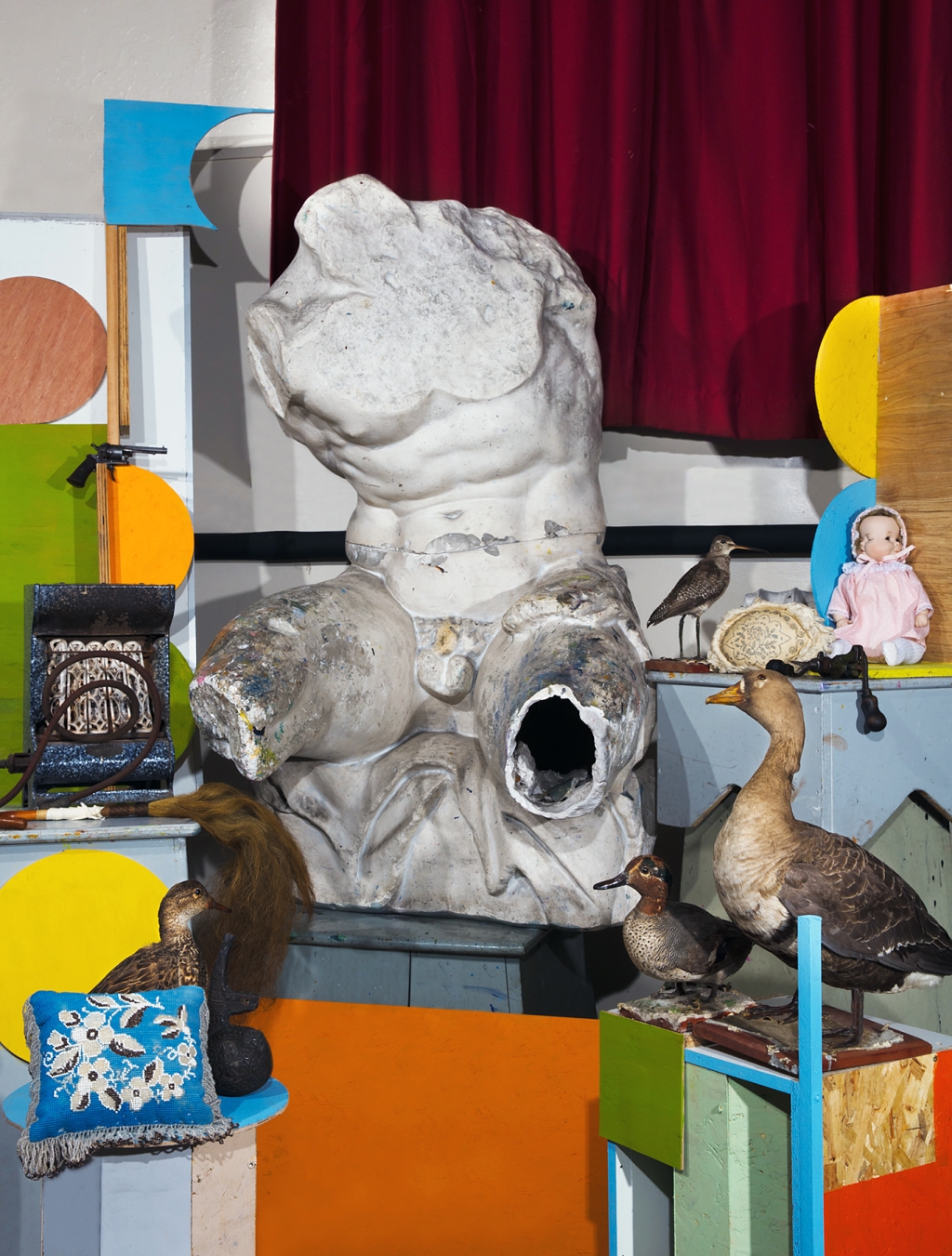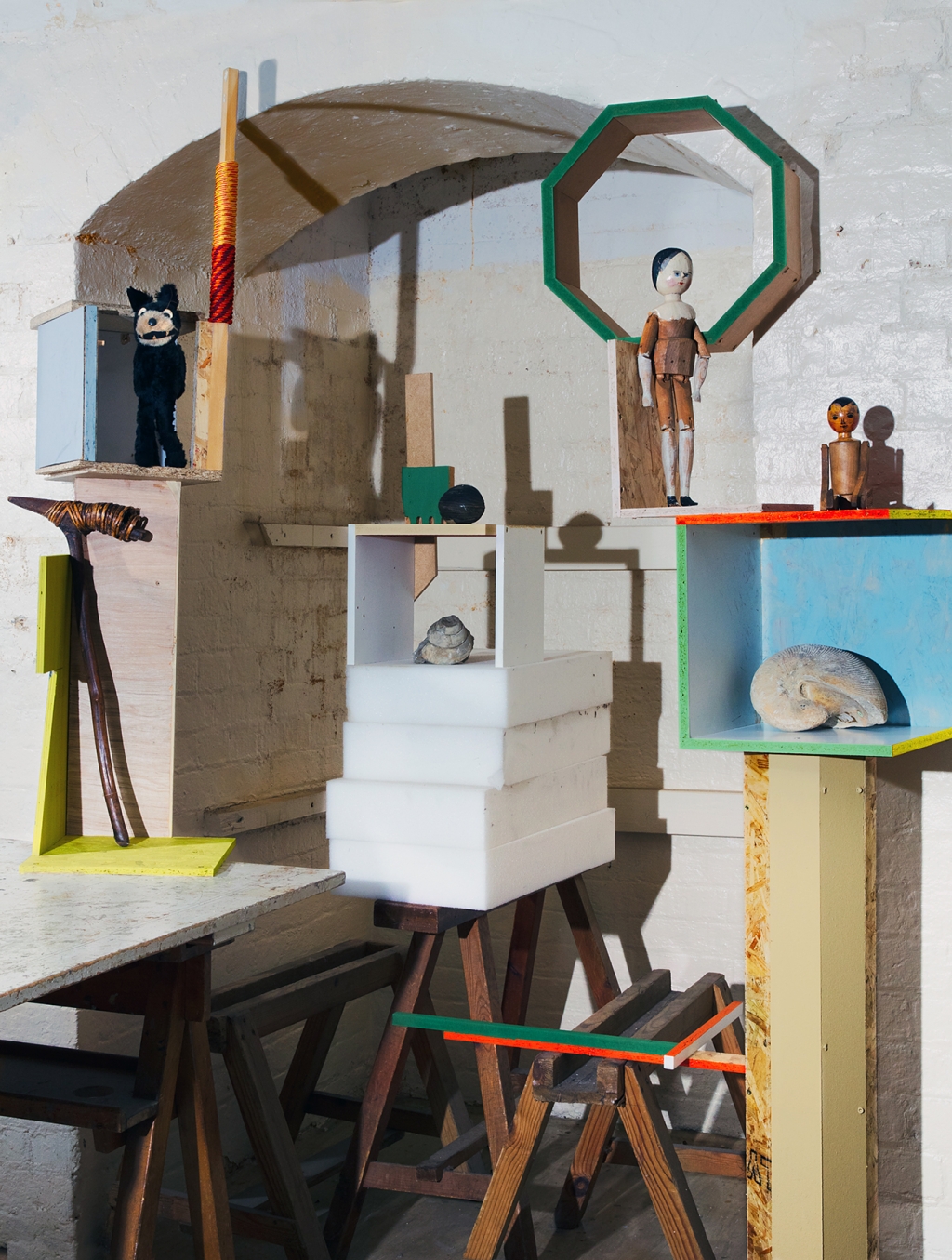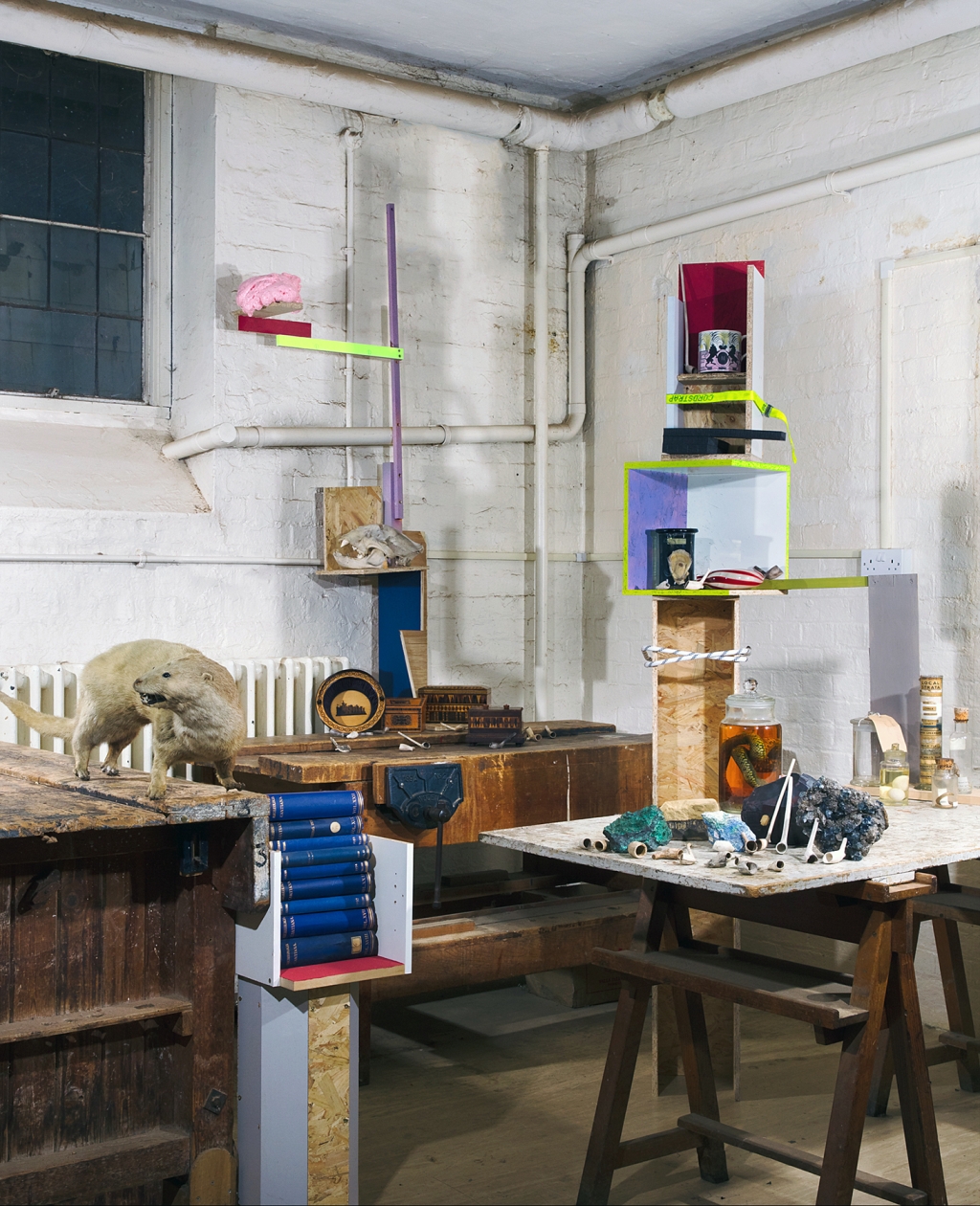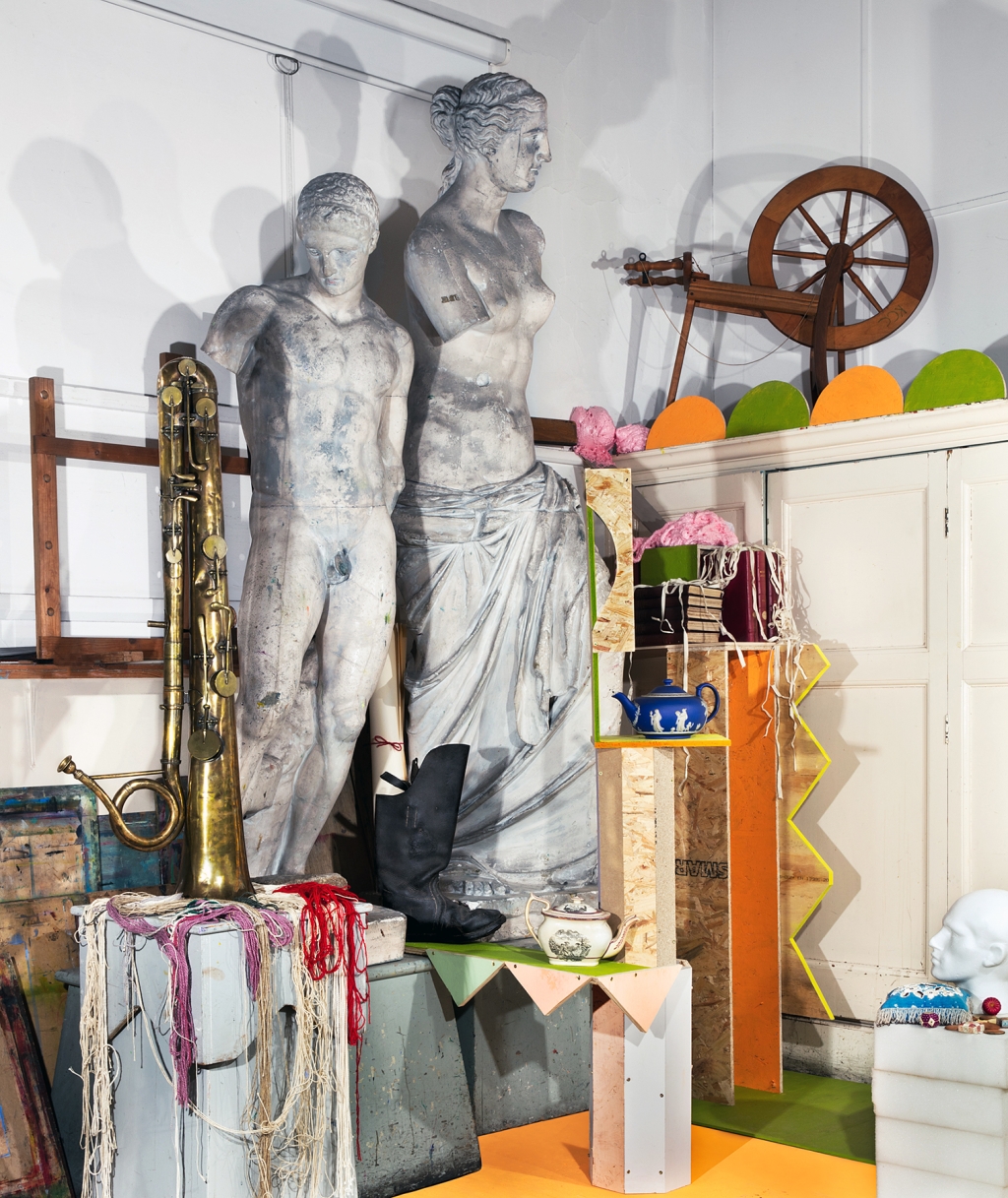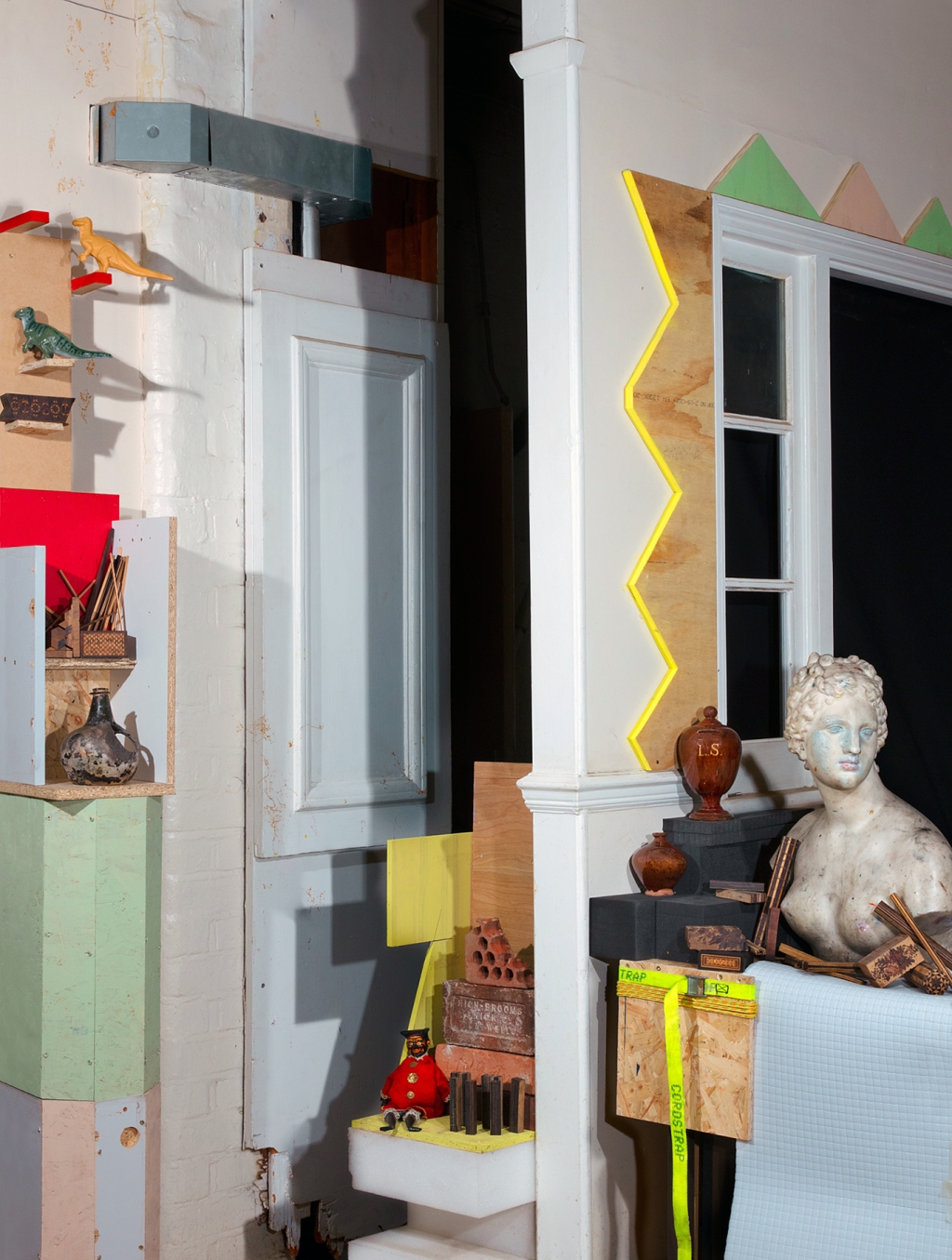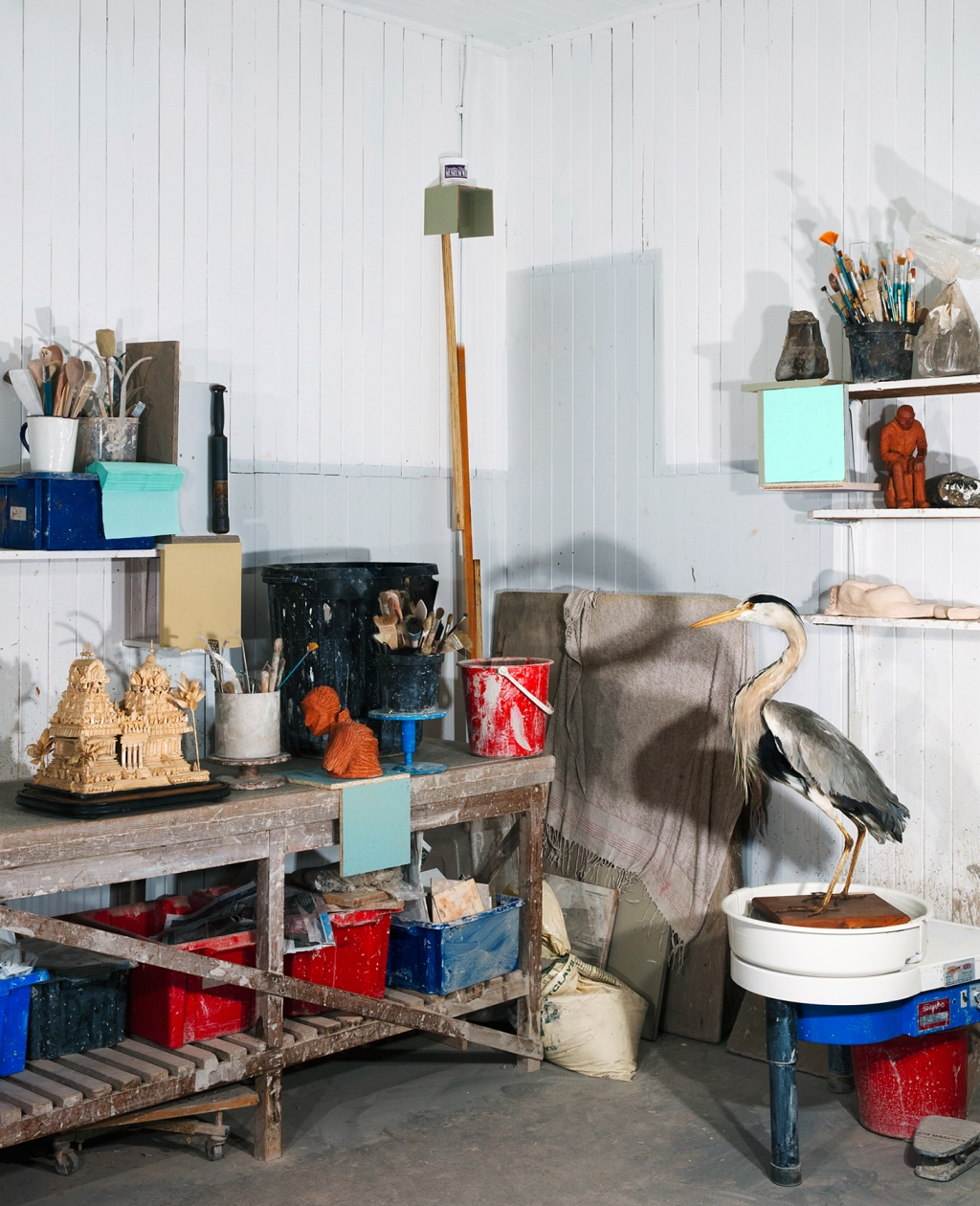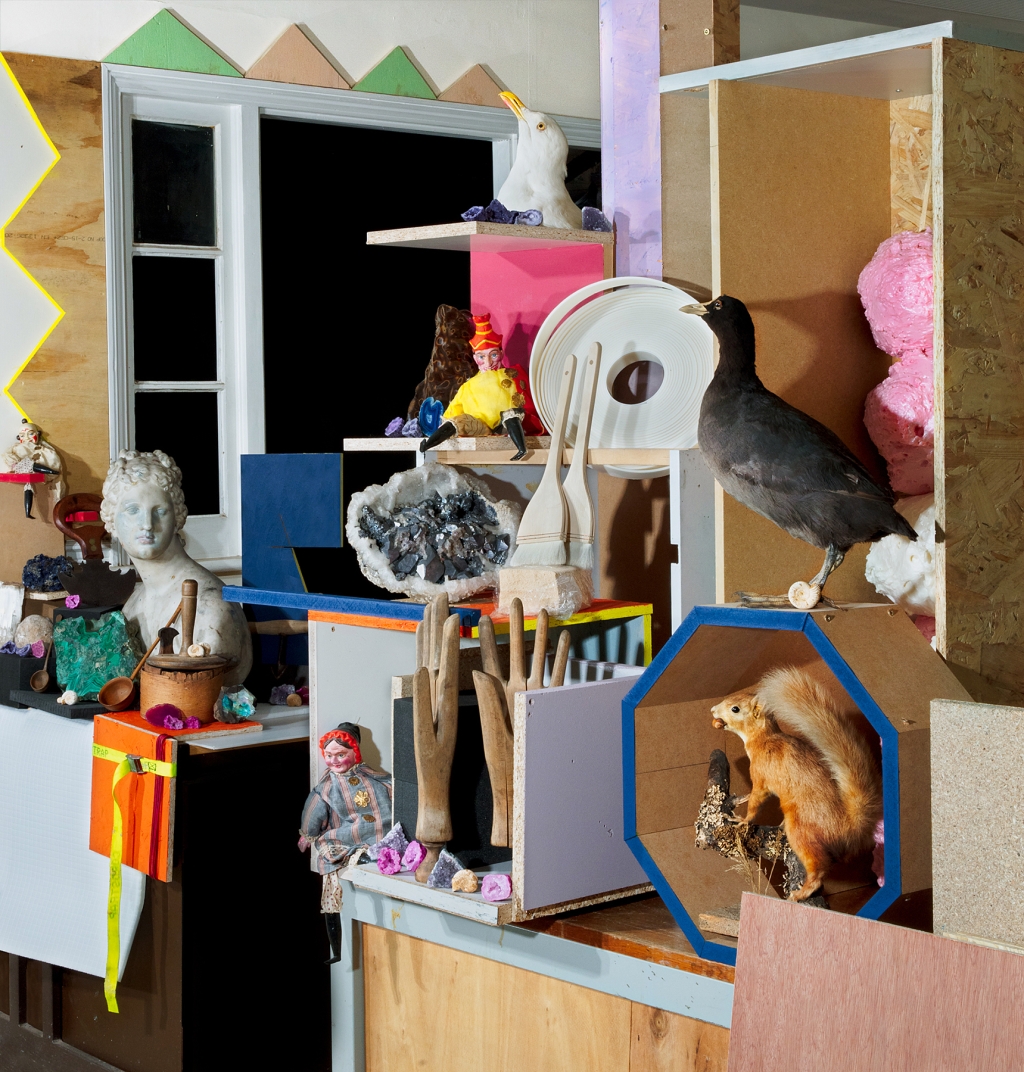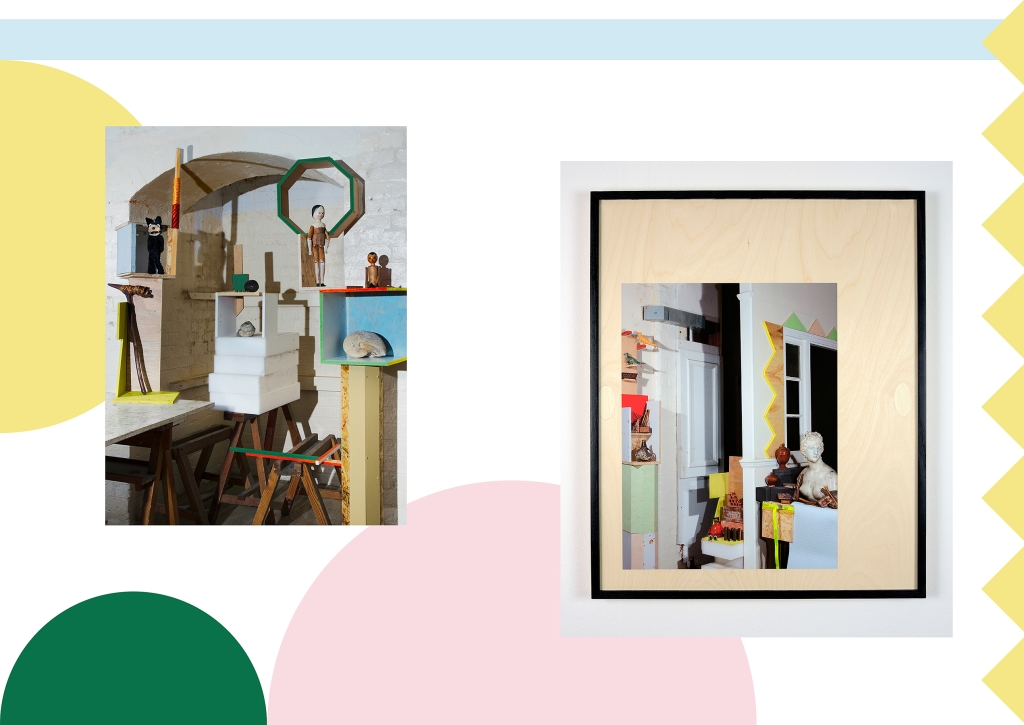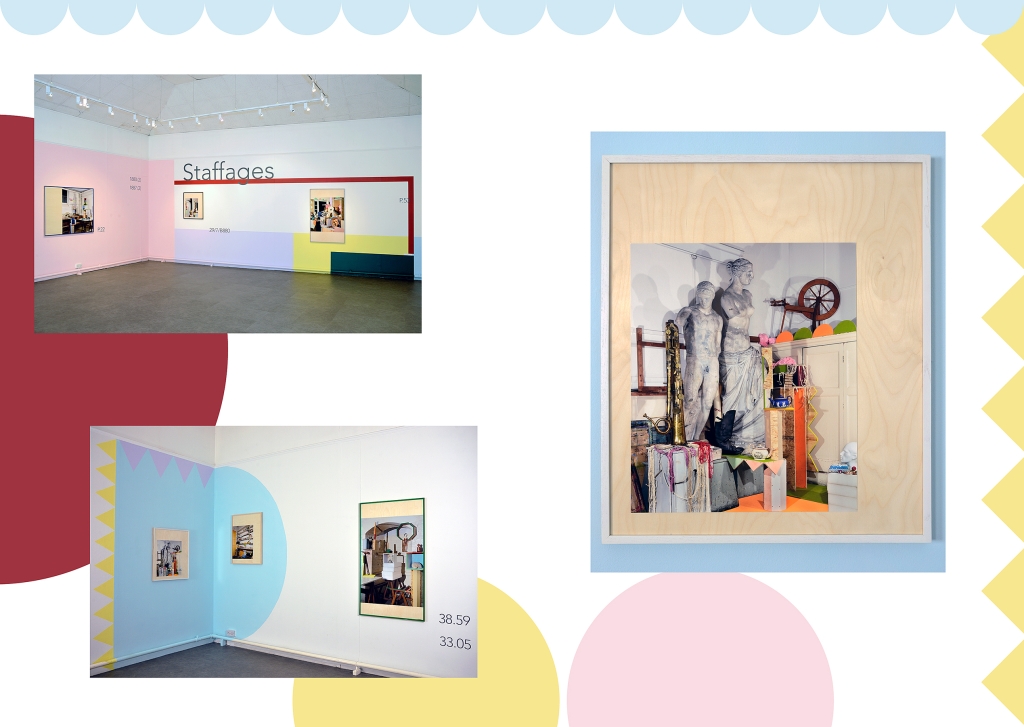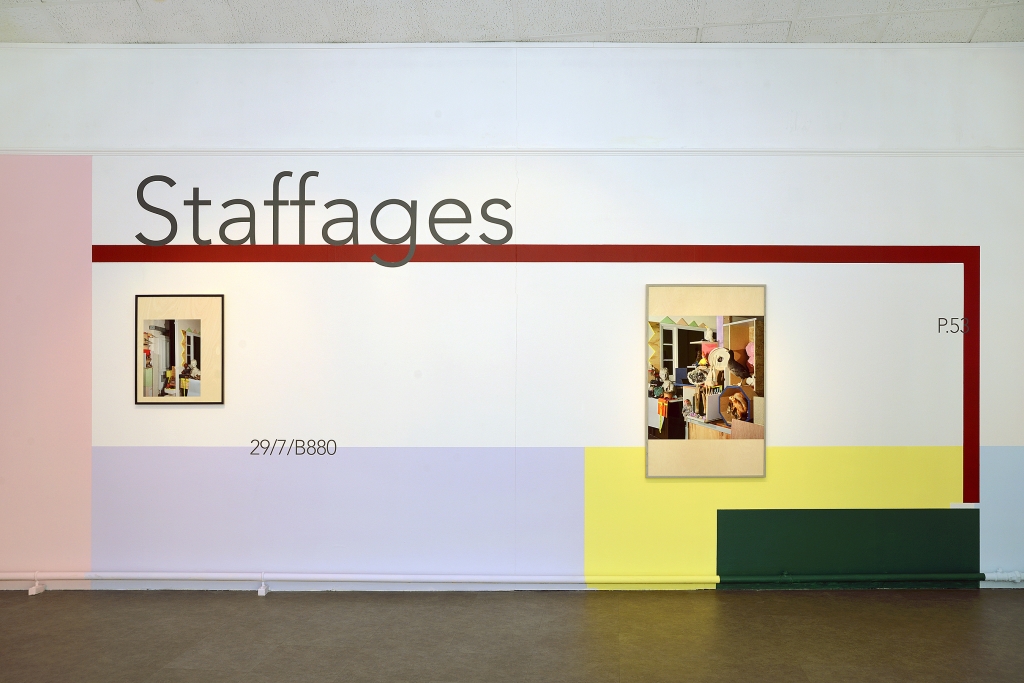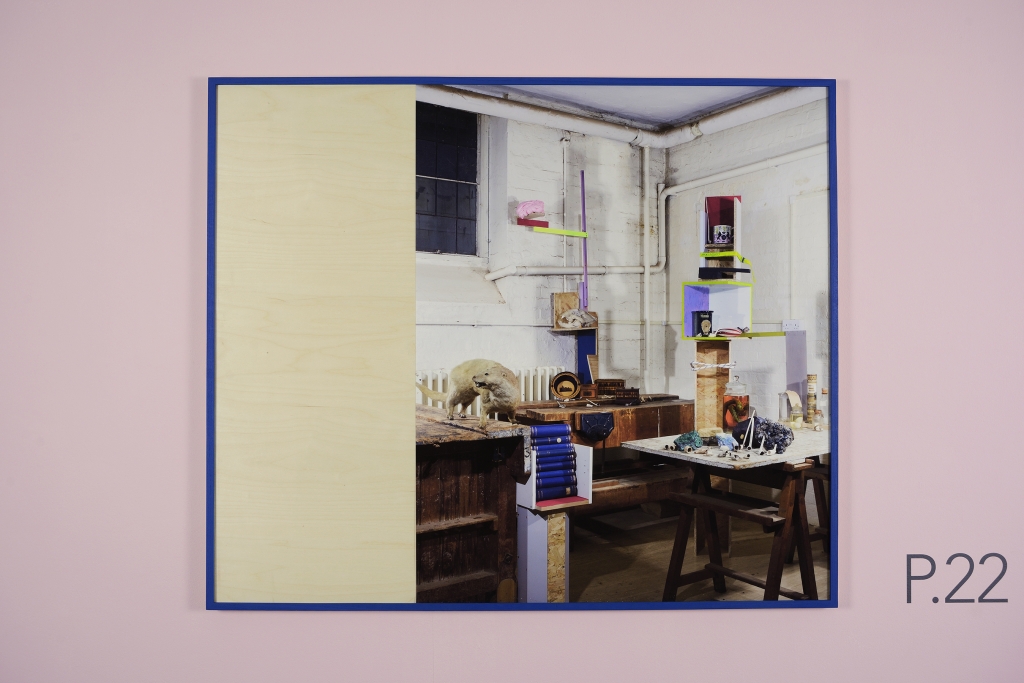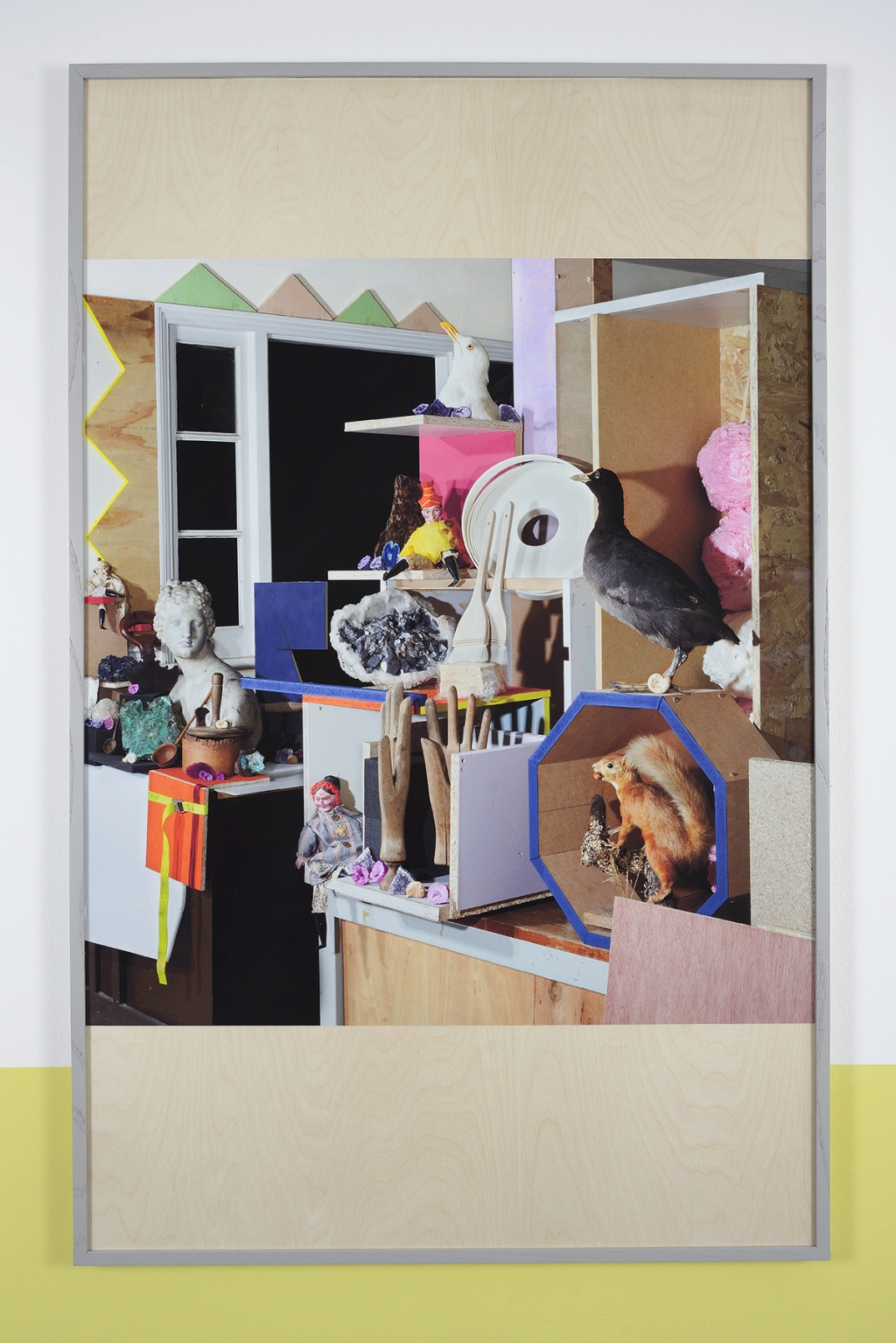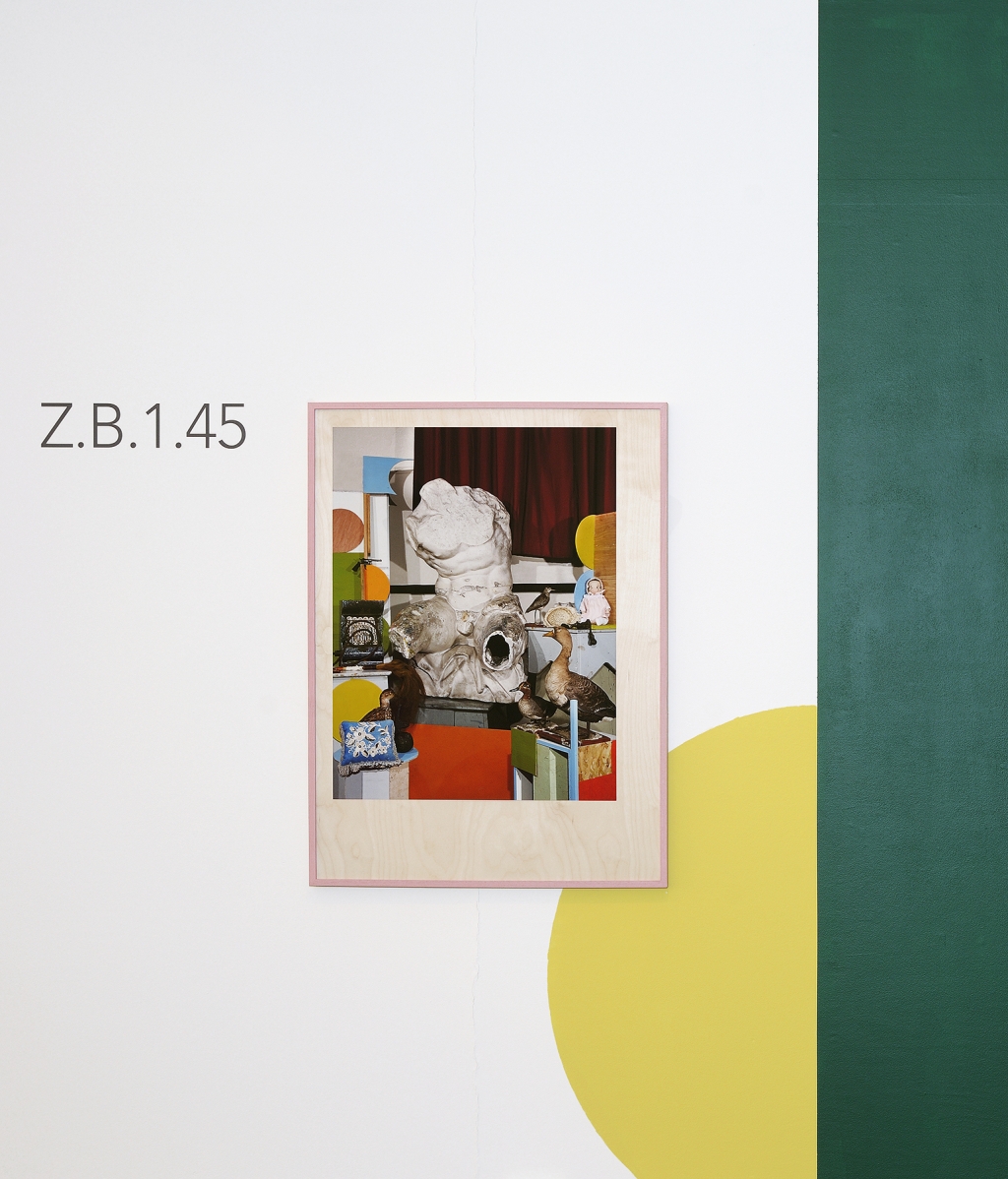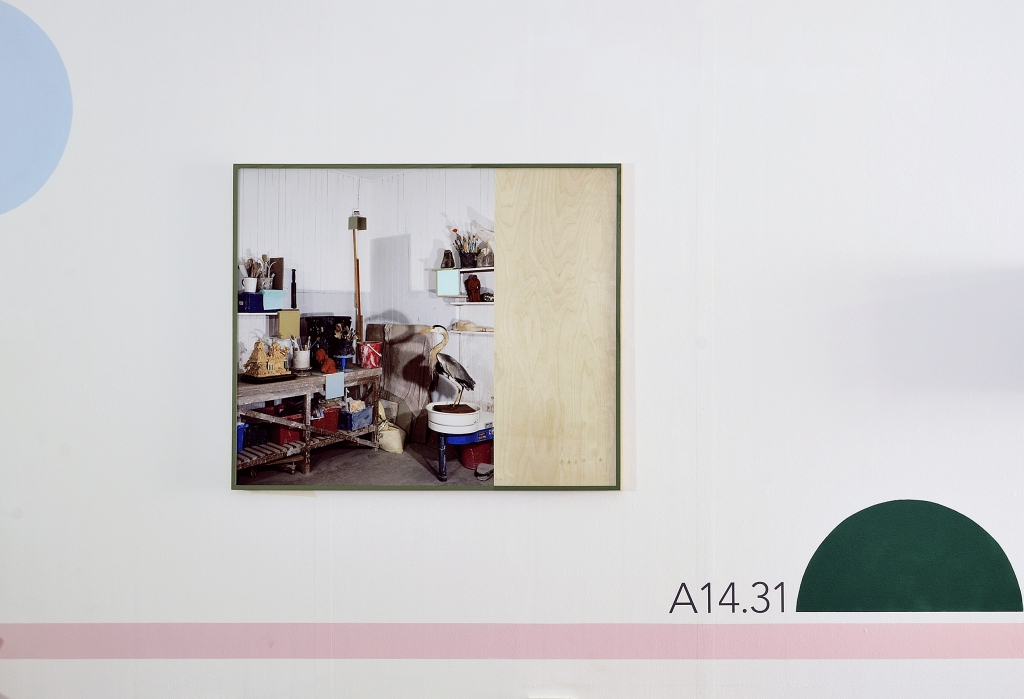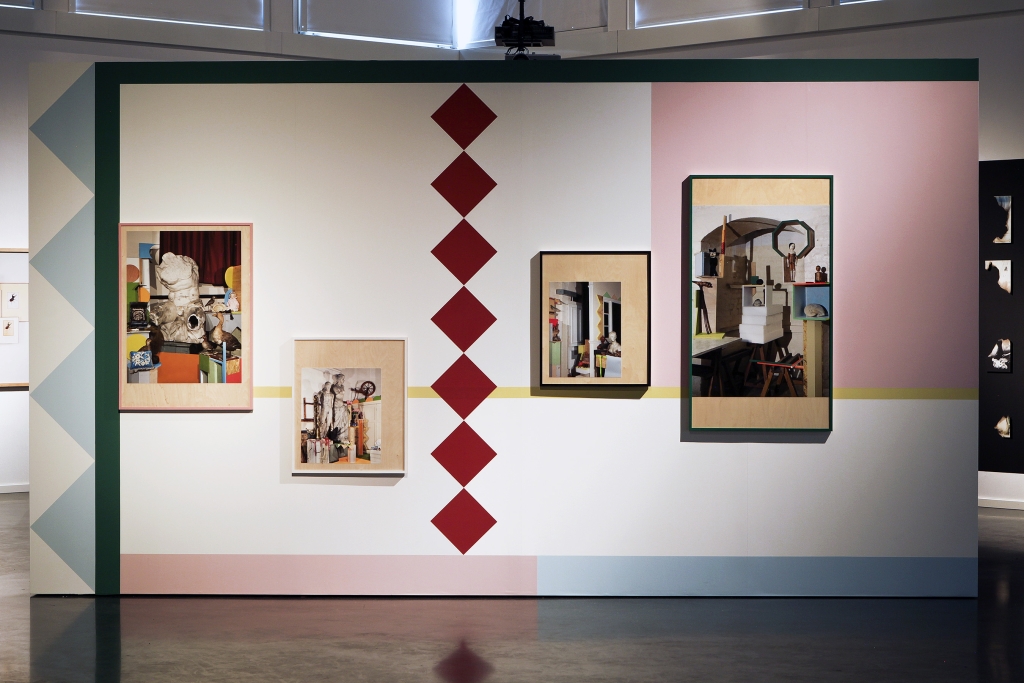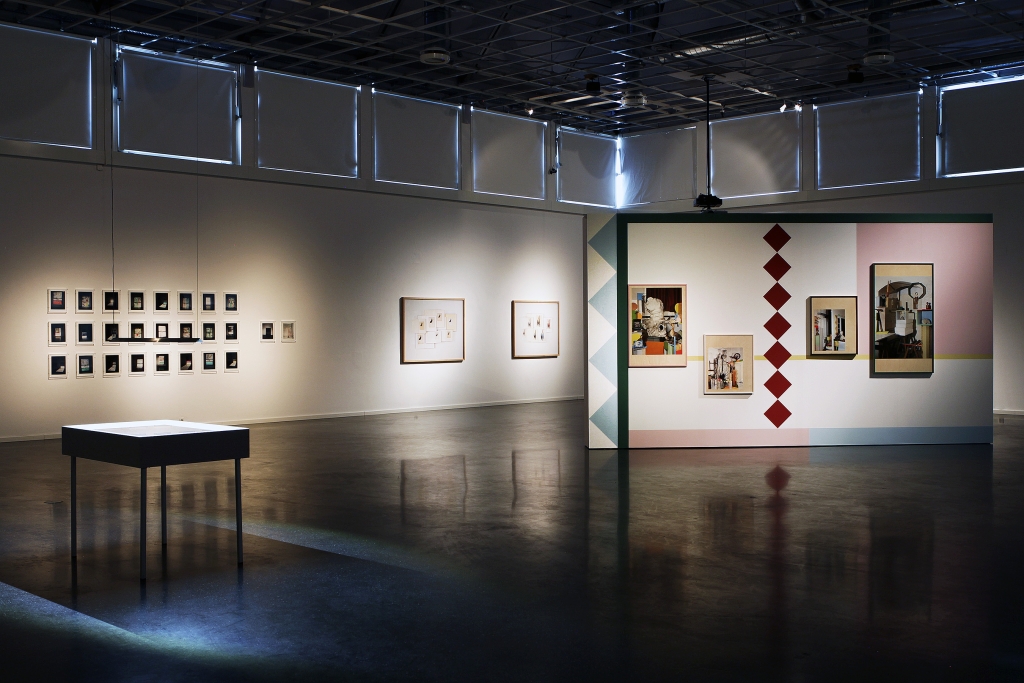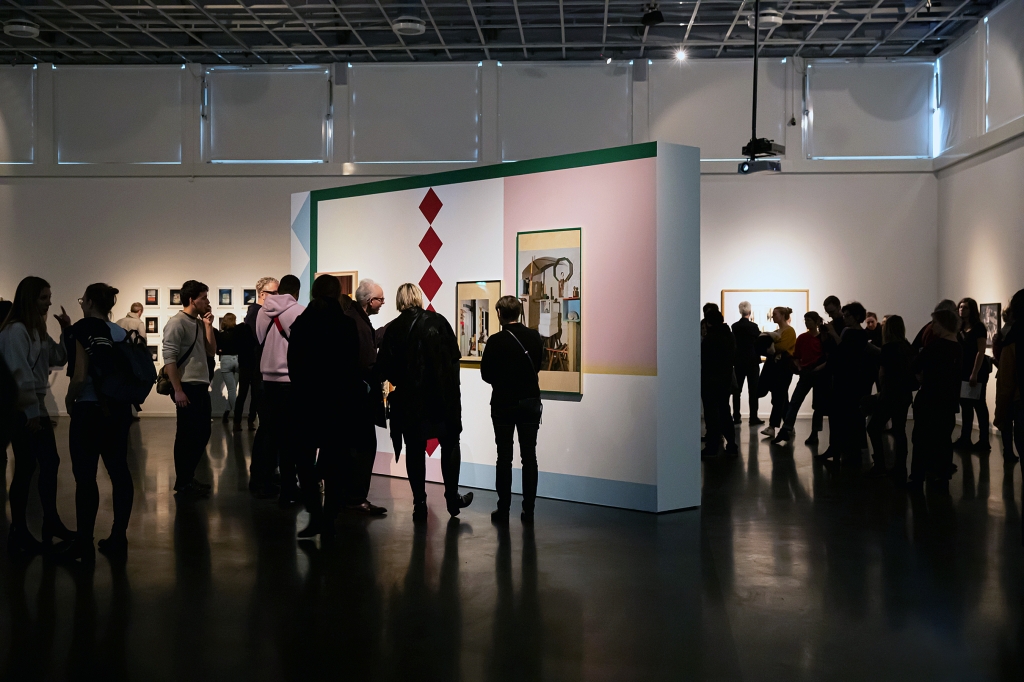Staffages
Staffage (Beiwerk) in German means ‘accessories’ or ‘decoration’ referring to the descriptive term in painting for figures to whom no specific identity or story is attached and which are included merely for compositional or decorative reasons. Staffage are accessories to the scene, yet add life to the work and reinforce the main subject.
In 2017 artist Steffi Klenz immersed herself in the collections and buildings of Tunbridge Wells Museum. Conventional collection displays tend to group works by chronology, movement, medium or subject but Klenz takes a different approach. Her photographic work, Staffages questions the way in which the meaning of objects, images and historical artefacts can transition when filtered through the hands of the artist or collector. Klenz selected, positioned and redisplayed objects from the Museum collection to form new arrangements and associations across timeframes and sites.
Severed from their previous context in the Museum collection, and placed within non-hierarchical compositions, the objects and what they represent evolve into something new.
In this work, the artist suggests that the collection is not a hermetic space as often presumed, but through rendering new connections between object, site and viewer, she proposes that a collection is a conceptual as well as a physical space.
The artist was interested to challenge the traditional role of the plinth to isolate the object from its surroundings and became more and more inspired by the work of Brancusi and his challenging views that a plinth can be more than the transportable base of an object or sculpture but a sculptural element in its own rights. In Klenz’s work, the traditional plinth becomes an abstract sculpture referring the viewer to the utopian visions of Modernist artists of the second and third decades of the 20th Century.
Klenz’ sculptural plinths not only hold the object but rather allow the objects ‘to do’ and ‘to become.’ Here, the plinth is not only an actor but also a mediator rather like the staffage in the paintings of the late 1700s and early 1800s, whose purpose was to mediate between the viewer and the subject of the painting.
In contrast to the professionalism and perfectionism evident in Modernist examples of mass-produced objects such as the Bauhaus Bauspiel Construction Set designed by Alma Siedhoff-Buscher in 1923 or Wilhelm Wagenfeld’s Kubus Stacking Storage Containers from 1938, Klenz’ flexible modular plinth constructions are made out of scrapped wood pieces, undressed wood such as ply wood, chip board and OSB. Klenz’ sculptural plinths are remarkably improvised and unfinished, suggesting a sense of incompleteness and highlights Klenz' insistence that a collection is never complete or fixed in its representation.
Every object in the museum collection is registered in controlled terms, described in detail and given an accession number. These accession numbers feature in Staffages, translated into a colour code used on the framed work itself and the surfaces of the sculptured plinth. When showing the work of Staffages, Klenz makes certain adaptations to the museum’s walls and the display of her final images, incorporating coloured shapes and accession numbers.
